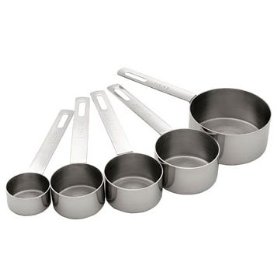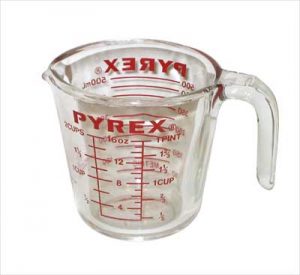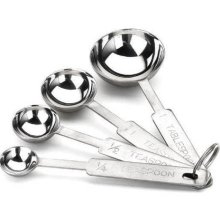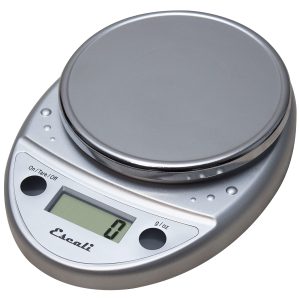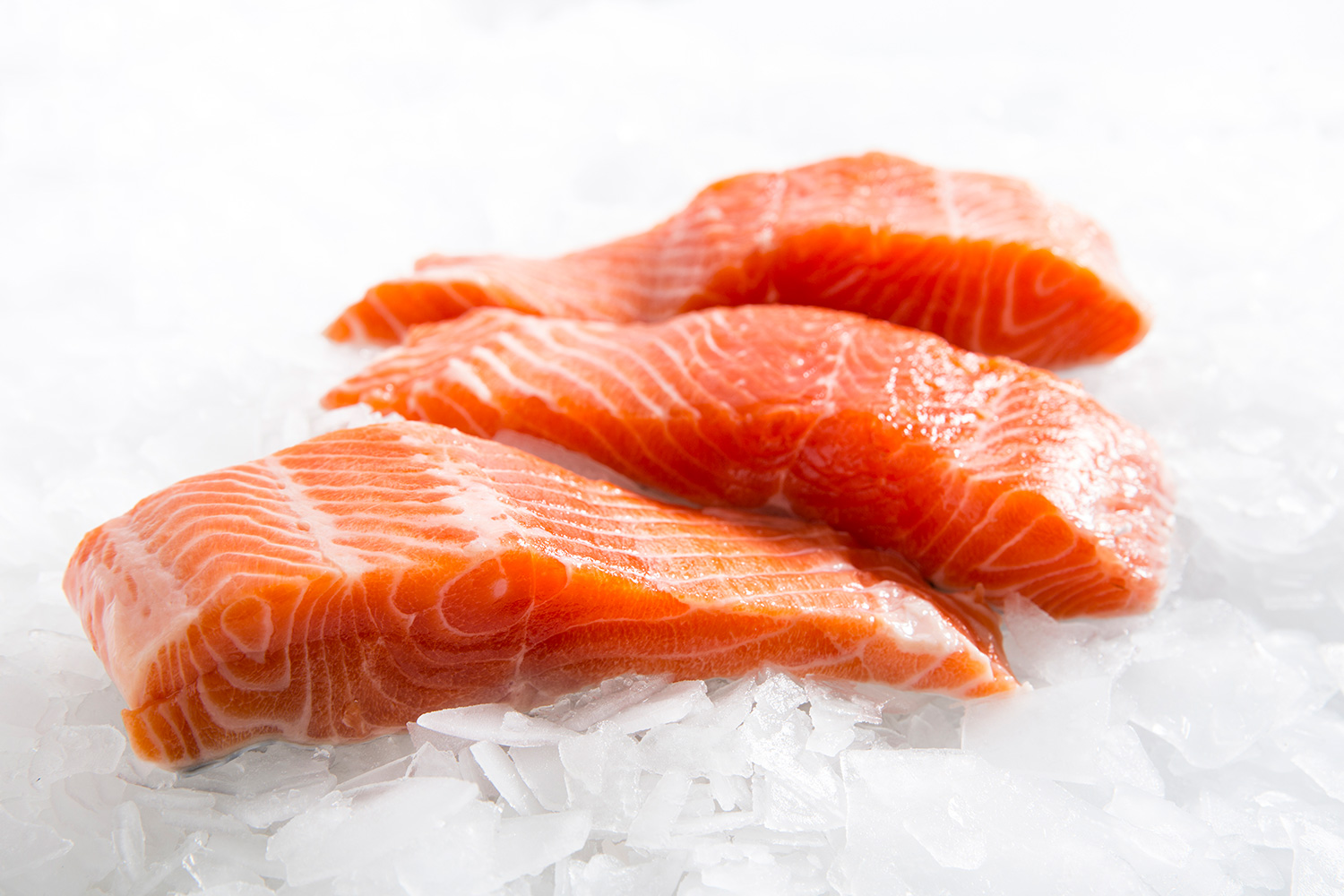Cooking and alchemy have a lot in common. In both cases, one is cooking up ingredients to get something better than what one started with. While alchemy has lost its luster, cooking is both an art and science. Recipes are like spells or scientific protocols. They are designed to produce a consistent product. And to do that, one needs measuring tools. However, strict adherence to a recipe can fail to take into account varying kitchen conditions.
Experienced cooks can “eyeball” a lot of ingredients as they’re preparing a dish. That means they can visually estimate how much of something they are putting in. But even the best chef’s don’t eyeball everything. They measure it. This is particularly important in baking.
That means you’re going to need measuring tools. The thing to remember is there are three kinds of measurements for food ingredients in the home kitchen: weight, dry volume and liquid volume. Why are dry and liquid volumes separate? Because they don’t equal the same amount. And, of course, there’s the difference between the English scales we’re used to and the more internationally accepted metric system. Use what’s comfortable for you. There’s conversion programs and lots of tools have both kinds of scales. For me, it’s English, so that’s what we’ll use.
Measuring Liquids
Going from largest to smallest, let’s start with the Pyrex glass measuring cup. These are extremely useful. I even use mine to boil water in the microwave and to mix up pancake batter (easy to pour). You can get these in a variety of sizes. If you can only have one, I’d go for the 4-cup model because it’s big enough to be used for wide range of uses. A one or two cup model is also useful for measuring smaller amounts of liquid and easier to use with small amounts than the larger model. These each sell for around $10 to $50, depending on size and model. Lot of measuring cup sets also are available for $40 to $70.
Why Pyrex? Because this special type of glass can take high temperatures that plastic or regular glass cannot. Plastic ones are common and can work for dry measures, although I prefer steel. But for liquids the measurements are inaccurate and they melt easily if exposed to even a small amount of heat. Another problem with plastic is that the measurements are painted on and rub off easily if they get in any way greasy. So unless you want to guess at the amounts, leave these cheap things on the housewares shelf.
Measuring Dry Ingredients
So, while we’re talking about it, a set of dry measuring cups should be metal. The problem with the cheaper plastic ones in the measuring marks painted on them is that these marking disappear it exposed to grease. The measurement amounts are usually etched in the handle of the metal set, so they don’t wear off no matter what they go through. Also, you can even use them as tiny pots if an ingredient, like butter, needs to be warm. Just don’t put them in the microwave. Many of them come with silicone handles to make them easier to hold onto. Prices range from around $9 up to about $20.
And then there are measuring spoons. You might wonder why there isn’t a different set for wet and dry. The amounts are so small that the difference in volume is not enough to cause a problem. I recommend stainless steel for the same reasons as the measuring cups. There are all kinds of styles. A set of four should cost about $10, but you may find them for as little as $1.
But There Are Better Ways To Measure
There is problem, particularly with dry measuring. Powdery ingredients, like flour, can get compacted, leading to using too much flour. Similarly, sifted flour containing lots of air, will be too little. That means a cup is not necessarily a cup. That’s why more and more home cooks are looking to weight measurements for accurate amounts. It’s worth it to invest in a kitchen scale. Try to select one that will give you measurements in both ounces as well as metric grams. Also, it should have a “tare” function which allows you to adjust for the container the flour is in. Prices range from about $20 to as much as $50. You might also want to look-up a conversion chart to give you the weights of different ingredients.
In fact, you will probably be seeing more recipes using grams instead of teaspoons. This method will give you more consistent results than any other form of measurement tools.
